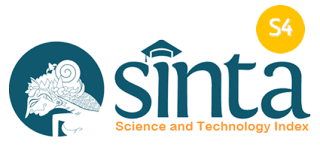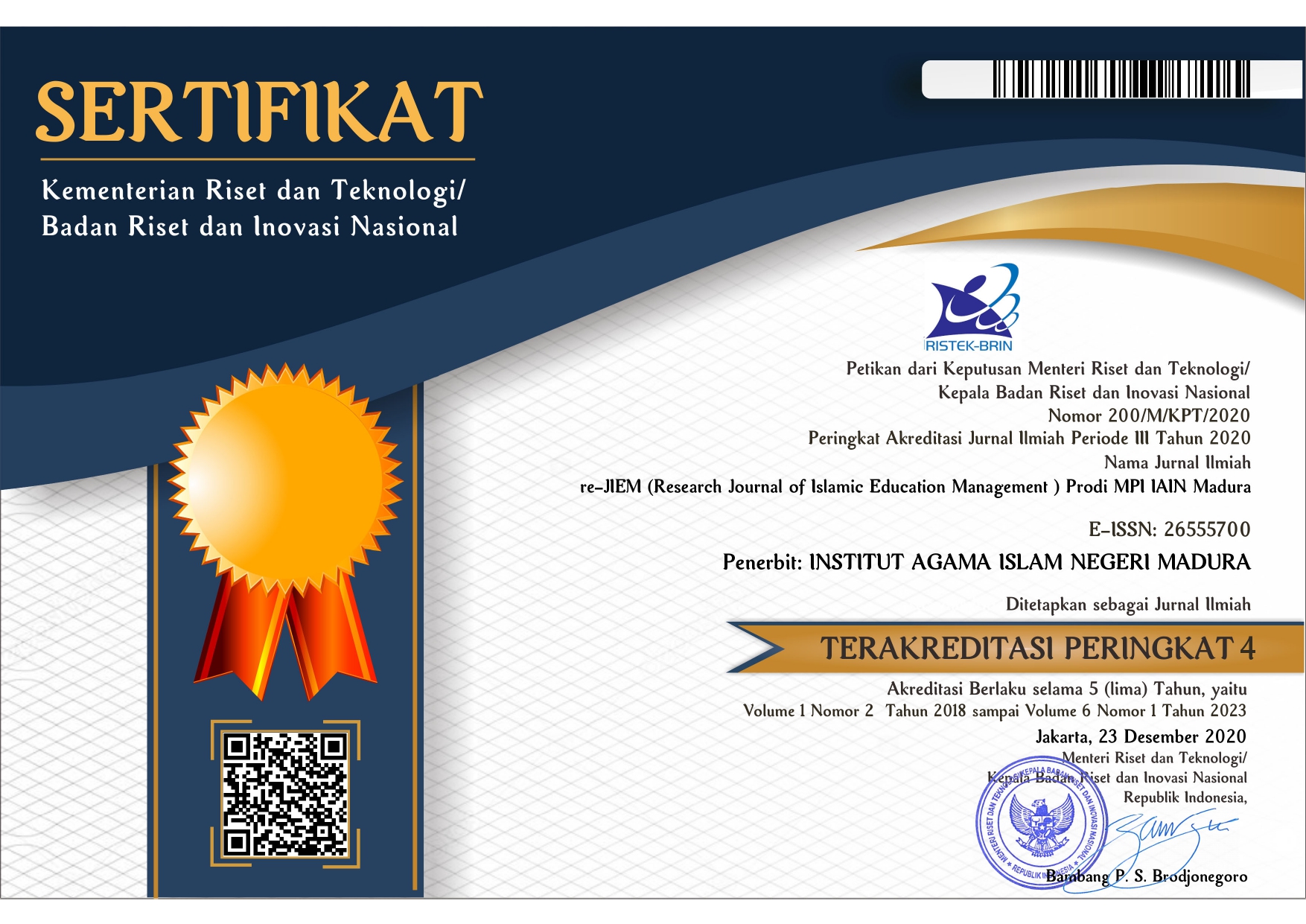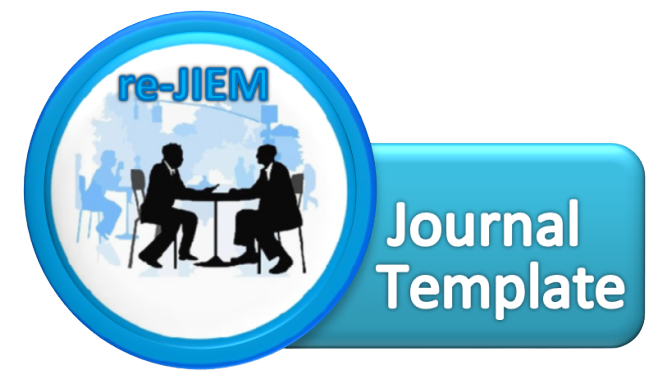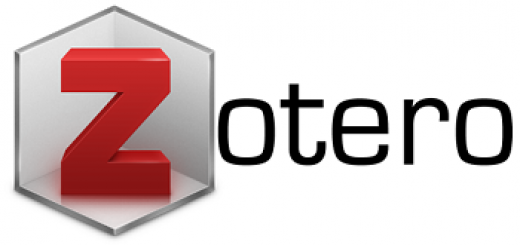PELAKSANAAN HUBUNGAN MASYARAKAT (HUMAS) MODEL SIMETRIS DUA ARAH DI SMPN I PADEMAWU PAMEKASAN
 Abstract views: 1669
,
Abstract views: 1669
,
 PDF downloads: 3485
PDF downloads: 3485
 muallifah downloads: 0
muallifah downloads: 0
Abstract
The implementation of a two-way symmetrical model of public relations provides opportunities for recipients of education services to obtain their rights as consumers of education services. This study uses a qualitative approach to the type of case study research. The results showed that: first, the application of a two-way symmetrical model of public relations was carried out in the form of various school programs, this was because it involved outside agencies both government and non-government agencies, communication established by public relations officers ie two directions, mutual giving and receiving, honesty and openness and not on the basis of personal interests. Second, supporting factors in the form of approaches taken by public relations officers, regarding the communication carried out, and the same vision and goals are also supporting factors. Third, the inhibiting factors are internal and external factors. The ability of the public relations officer in planning the program of activities, as well as the approach with whom to aim for and the lack of activity time and readiness of the agency. Fourth, the solution is the principal's policy to immediately take other actions.
Downloads
References
Aldhily, Ridho. 101 Amazing Public Relation Ideas. Bantul: Quadrant, 2017.
Alihamdan. “Jenis-jenis Penelitian dan Contohnya.” 19 Juni, 2019. https://alihamdan.id/jenis-penelitian/.
Anwar, Rofiq. “Peran Praktisi Public Relation dalam Organisasi-Organisasi di Yogyakarta.” Jurnal Komunikasi Islam 7, no. 1 (2015).
Ardianto, Elvinaro. Public Relations Praktis. Bandung: Widya Padjadjaran, 2009.
Arikunto, Suharsimi. Prosedur Penelitian; Suatu Pendekatan Praktik. Jakarta: PT. Rineka Cipta, 2013.
Aziz, Abdul. Pengantar Manajemen dan Substansi Administrasi Pendidikan. Jember: Pustaka Radja, 2017.
Bonar, S.K. Hubungan Masyarakat Modern. Jakarta: Rineka Cipta, 1993.
Butterick, Kieth. Pengantar Public Relations Teori dan Praktik. Jakarta: Raja Grafindo Persada, 2014.
Coulson, dan Thomas. Petunjuk Praktis Ilmu Hubungan Masyarakat. Jakarta: PT. Intermasa, 1989.
Daryanto, Eka, dan Astri Novia Siregar. “Implementasi Kebijakan Kepala Sekolah dalam Meningkatkan Profesionalisme Guru di SMAN 3 Medan.” Jurnal EducanduM X, no. 1 (2017).
Fransiska, Maria. “Peran Humas dalam Membangun Citra Sekolah Menengah Kejuruan Bopkri 1 Yogyakarta.” Universitas Negeri Yogyakarta, 2015.
Isbianti, P. “Peran Humas Sebagai Upaya Menjalin Kerja Sama Antara Smk Dengan Dunia Usaha/Duniaindustri (Du/Di).” Jurnal Manajemen Pendidikan 6, no. 2 (2010): 41–54.
Luqman, Yanuar. “Peran dan Posisi Hubungan Masyarakat sebagai Fungsi Manajemen Perguruan Tinggi Negeri di Semarang.” Jurnal Interaksi 11, no. 1 (2013).
Moleong, Lexy J. Metodologi Penelitian Kualitatif. Bandung: Remaja Rosdakarya, 2014.
Prastiwi, dan Reny Yuniasari. “Hubungan Antara Model Komunikasi Dua Arah Antara Atasan dan Bawahan dengan Motivasi Kerja pada Bintara Polresta Yogyakarta.” Jurnal Psikologi Integratif 2, no. 2 (2014).
Ruslan, Rosady. Kiat dan Strategi Kampanye Public Relations. Jakarta: Raja Grafindo Persada, 2005.
Soemirat, Soleh, dan Elvinaro Ardianto. Dasar-Dasar Public Relations. Bandung: Remaja Rosdakarya, 2008.
Terry, George R., dan Leslie W. Rue. Dasar-Dasar Manajemen. Jakarta: Bumi Aksara, 2016.
Authors who publish with this journal agree to the following terms:
Authors retain copyright and grant the journal right of first publication with the work simultaneously licensed under a Creative Commons Attribution-ShareAlike 4.0 International License that allows others to copy and redistribute the material in any medium or format with an acknowledgment of the work's authorship and initial publication in this journal and also allows to remix, transform, and build upon the material for any purpose, even commercially with contributions under the same license as the original.
Authors are able to enter into separate, additional contractual arrangements for the non-exclusive distribution of the journal's published version of the work (e.g., post it to an institutional repository or publish it in a book), with an acknowledgment of its initial publication in this journal.
Authors are permitted and encouraged to post their work online (e.g., in institutional repositories or on their website) prior to and during the submission process, as it can lead to productive exchanges, as well as earlier and greater citation of published work.



























